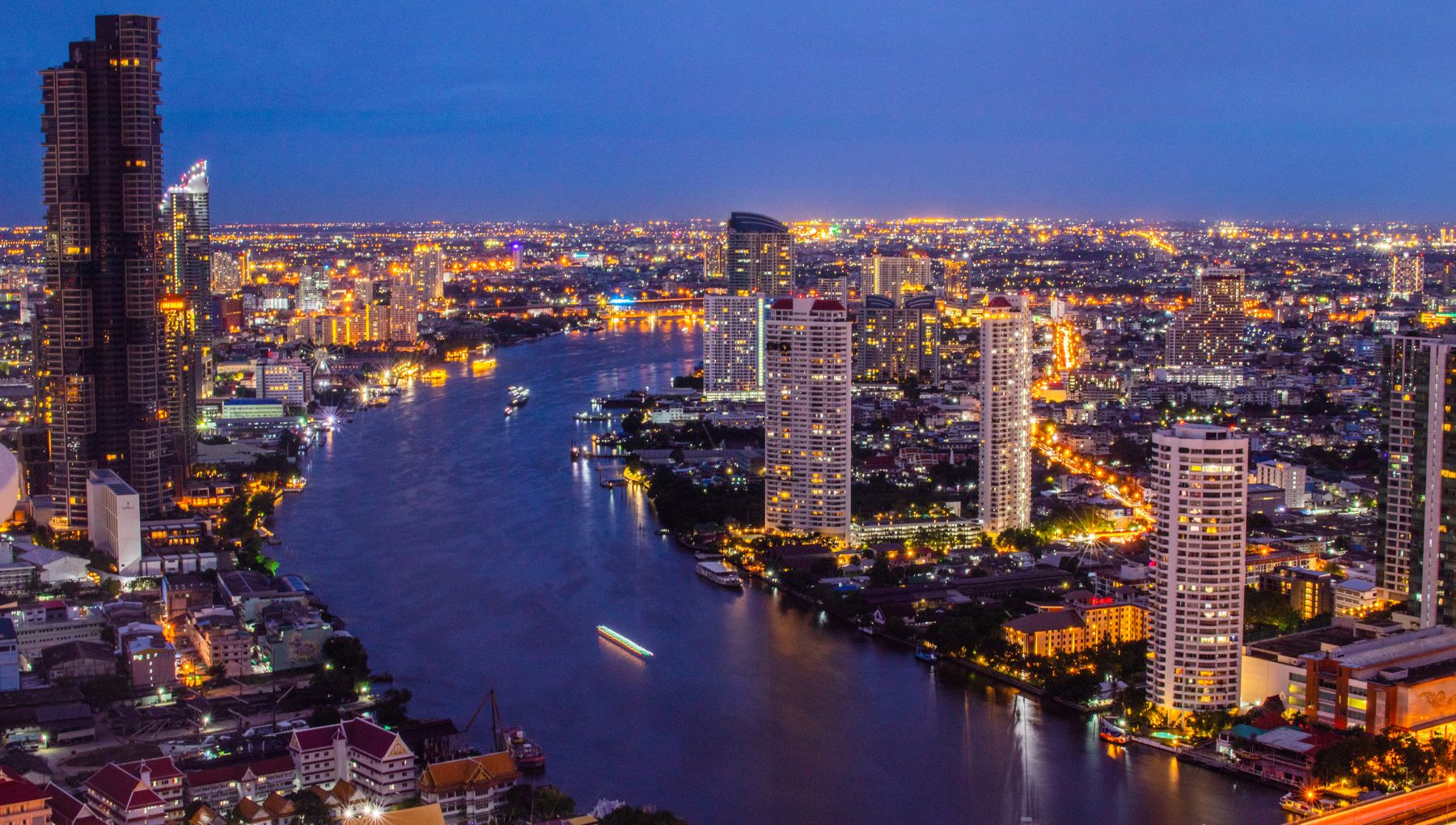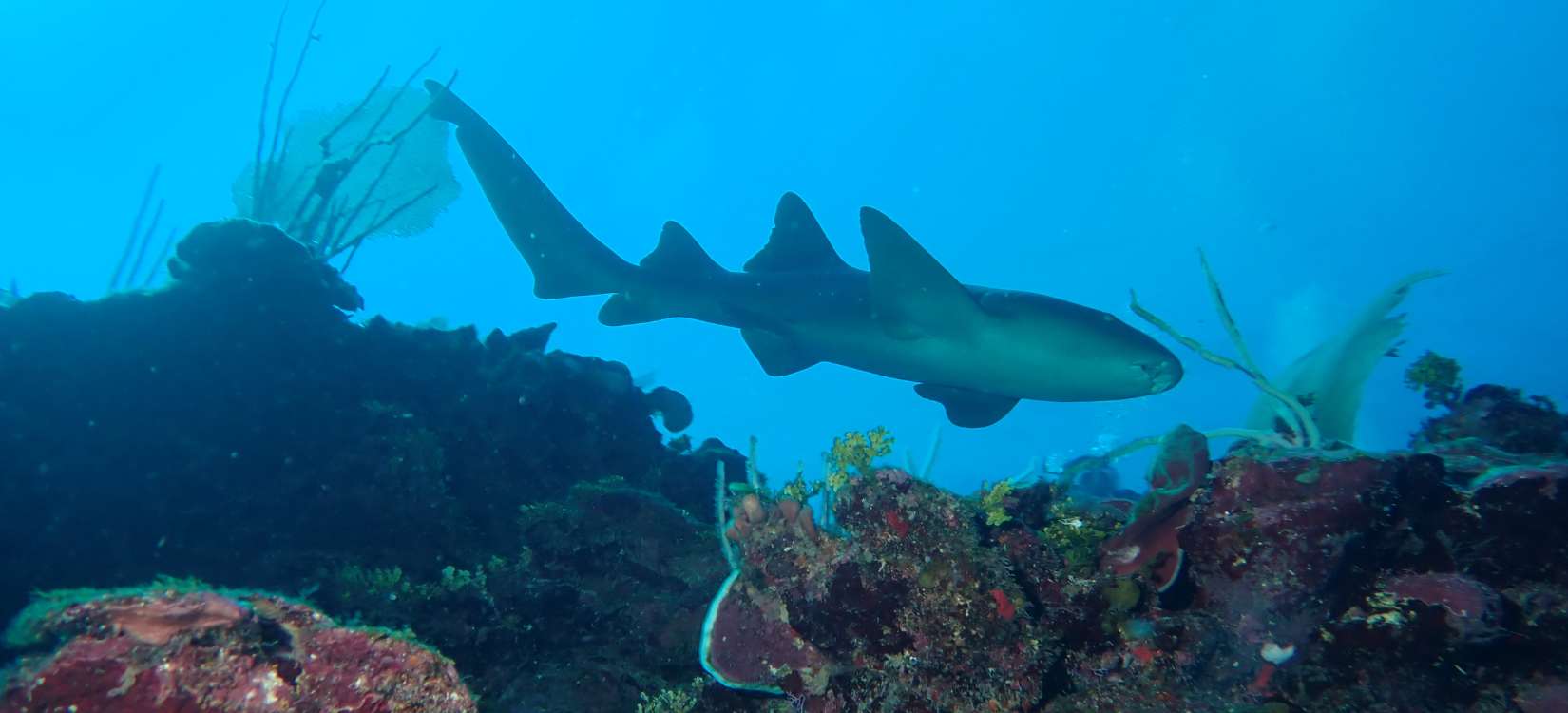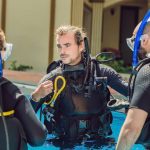Wrecks, Walls & Wonders: The Best Places to Scuba Dive in Ontario
Ontario offers some of Canada’s most captivating scuba diving experiences, with crystal-clear freshwater, historic shipwrecks, and diverse underwater landscapes waiting to be explored. Whether you’re a beginner learning the ropes or an advanced diver seeking thrilling wrecks, Ontario’s Great Lakes and rivers present exceptional dive sites that showcase the province’s natural beauty and rich maritime history. In this guide, you’ll discover where to find the best spots to dive and how to make the most of your underwater adventures in Ontario.
Diving Hotspots: Unveiling Ontario’s Best Dive Locations
Ontario’s diverse underwater landscapes offer everything from accessible shore dives to remote wreck explorations, delivering a rich variety of experiences no matter your skill level. The Great Lakes, particularly Lake Superior, dominate the scene with their crystal-clear waters and an impressive collection of shipwrecks. Between the rugged islands, deep freshwater walls, and preserved historical sites, you’ll find dive opportunities that combine natural beauty with fascinating stories of maritime heritage. Whether you choose established charters or explore easier shore entries, these hotspots showcase the province’s status as a top freshwater diving destination.
Alongside technical dives that push your limits, Ontario also caters to those seeking more relaxed underwater adventures. Snorkelling and beginner-friendly sites abound in softer waters near urban centres, allowing you to admire aquatic ecosystems and geological marvels without extensive training, from Northern Ontario’s legendary wrecks to the welcoming diving communities around Sault Ste. Marie, these locations all promise memorable encounters beneath the waves.
Thunder Bay: Shipwrecks and Underwater Wonders

Thunder Bay invites you to dive among legendary shipwrecks that speak to the area’s storied shipping past. Just 10 km offshore, the Welcome Islands cluster has the easily accessible Robert L. Freyer wreck, a wooden steamer that slopes down to 10 m depth, perfect for novice divers seeking a glimpse into history. The islands also offer a rare chance to spot snowy-white pelicans, blending wildlife observation with your underwater exploration. Access here is by boat charter from the city’s harbour, making it a rewarding day trip off the rugged Lake Superior coast.
Porphyry Island, accessible via charters from Thunder Bay or Silver Islet, positions you beside the iconic Sleeping Giant rock formation. Beyond breathtaking views, the island anchors the western end of the Lake Superior National Marine Conservation Area and features an array of wrecks and unique underwater geology. After your dive, you can enjoy camping, visit the carefully restored lighthouse accommodation, relax on black sand beaches, or unwind in a lakeside sauna, turning your dive excursion into a full sensory experience.
Nipigon: A Dive into Maritime History
Centered around Captain Richard Harvey’s expertise, Nipigon offers some of Lake Superior’s most thrilling wreck dives. Among the highlights is Whaleback Barge 115, with its distinctive intact turret, resting between 12 and 27 m deep. This historic barge capsizes the end of 19th-century shipping history and invites intermediate divers to explore while reflecting on dramatic survival stories. Access is by boat from Neys Provincial Park, where you can camp and research into the area’s WWII heritage before immersing yourself underwater.
The Mary E. McLachlan wreck near the Gravel River mouth is approachable for all divers, sitting upright in just 12 m of clear water with decks at 5 m depth. As the largest four-masted schooner on the Great Lakes, it offers a captivating exploration site steeped in history. Nearby, an unusual dive on a derailed Canadian Pacific train adds diversity, and local accommodations at Gravel River Resort provide convenient comforts after your dives.
Additional Nipigon dives range from the seldom-explored Rappahannock freighter, found in 24 to 28 m of water, to the advanced technical marvel of the Gunilda yacht. The Gunilda’s intact superstructure and elegant interior artifacts captivate divers willing to venture deep (85 m) with trimix. Rossport’s hospitality, including the nautical-themed Serendipity Gardens Guesthouse and harbour-side dining, perfectly complements these underwater adventures.
Sault Ste. Marie: Clear Waters and Community Spirit
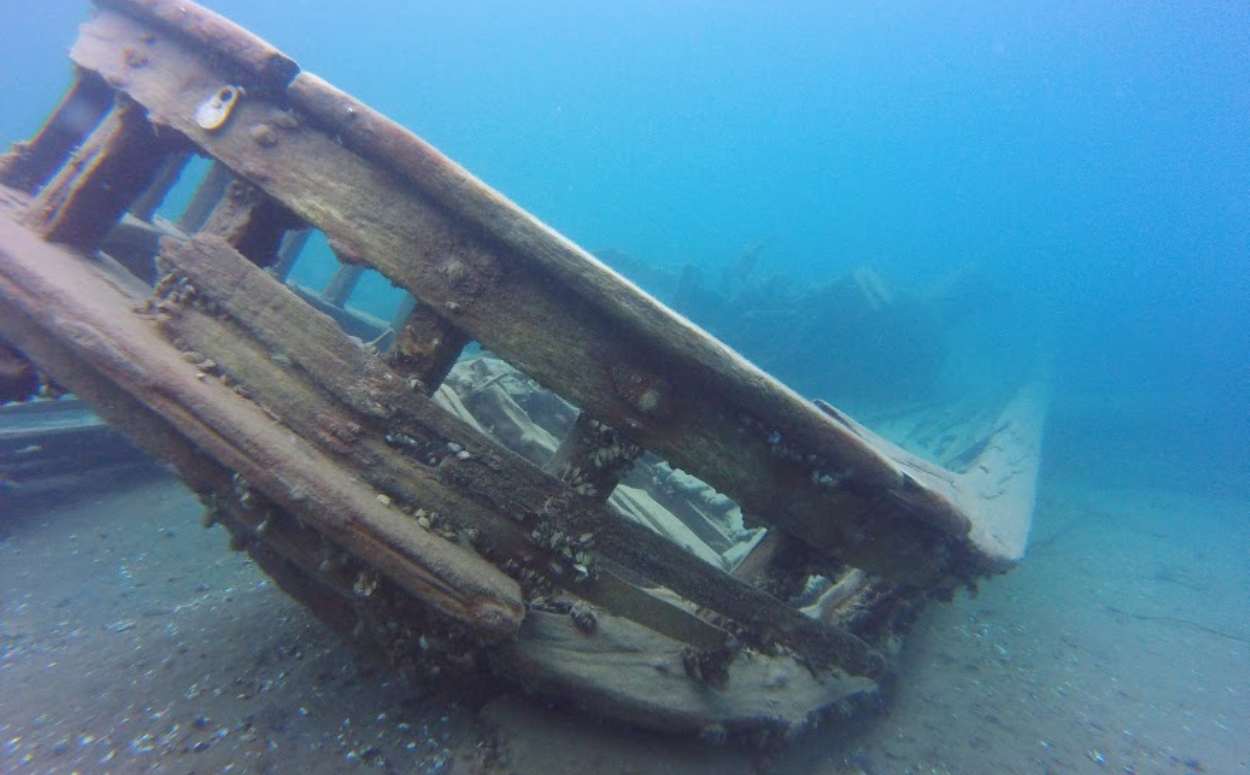
Diving around Sault Ste. Marie balances easy shore access with intriguing underwater sites, abundant in shipwrecks and sunken planes. Gros Cap offers snorkellers and divers a straightforward beach entry where you can explore rocky cliffs and remnants of old lock gates at shallow 6 m depths. This area forms an excellent introduction to the clear waters and rugged underwater terrain characteristic of the region.
The upper St. Marys River adds an adventurous edge with its historic locks and dramatic rapids. Just off Pointe aux Pins, you can navigate a compelling shore dive filled with underwater rock formations and fascinating wreckage for more experienced divers. The city also boasts a tightly knit scuba community, where tapping into local knowledge through online groups or dive centres enriches your experience and opens doors to lesser-known sites.
Beyond diving, Sault Ste. Marie’s approachable dive spots and friendly local networks make it easy to connect with others who share your passion. Whether you’re gearing up for first attempts or looking to uncover hidden gems, the city’s diving environment and community welcome you to explore Ontario’s underwater treasures with confidence and camaraderie.
The Ultimate Dive Experiences: Shipwreck and Snorkel Sites
Discovering Ontario’s underwater world takes you far beyond simple dives into breathtaking environments rich with history and vibrant aquatic life. Wrecks scattered across Lake Superior and the Great Lakes stand as submerged museums, while clear, accessible snorkel spots offer easy immersions into freshwater ecosystems shimmering with fish and plant life. For those who relish exploration combined with a touch of adventure, these sites reveal stories etched beneath the waves, whether in the form of rusted hulls or thriving wetlands.
Alongside thrilling dives, a range of snorkeling sites across Ontario’s waterways provide inviting opportunities to witness the province’s diverse underwater habitats firsthand. With calm, shallow waters and impressive visibility, these areas are ideal for newcomers and seasoned enthusiasts alike who appreciate the ease of entry and the spectacle of native fish darting through aquatic grasses. From historic wreck tours to gentle snorkels over colourful lakebeds, Ontario’s water playgrounds offer experiences calibrated to every comfort and skill level.
Exploring the Historic Wrecks of Lake Superior
Lake Superior’s shipwrecks provide some of the most compelling and visually striking dive experiences in Ontario. Sites like the Mary E. McLachlan, resting upright in just 12 meters of crystal-clear water with decks as shallow as 5 meters below the surface, are perfect for divers honing skills or wanting a straightforward yet fascinating dive. As the largest four-masted schooner on the Great Lakes, its haunting remains tell of a dramatic 1921 gale that ended its voyage. Nearby, the intricately preserved Gunilda draws advanced technical divers to depths of 85 meters, where the interior still houses ornate furnishings and personal artifacts made nearly timeless by the lake’s cold embrace.
Whaleback Barge 115 offers an equally historic glimpse but at a mid-range depth between 12 and 27 meters, showcasing the unique turret design of these late 19th-century vessels. Access through charters from places like Neys Provincial Park makes this remote site more attainable, surrounded by rich shore experiences such as visiting a World War II POW camp and hiking scenic trails. Other wrecks like the lesser-dived Rappahannock in Jackfish Bay add rewarding variety, with accessible mooring lines guiding your descent into the bow decks and interior passages of this once-majestic wooden freighter.
Snorkeling Delights: Easy Access to Ontario’s Underwater Life

For those seeking quick access to aquatic wonders without extensive training or heavy gear, Ontario offers snorkeling spots that showcase stunning clarity and abundant life just steps from shore. Gros Cap near Sault Ste. Marie stands out for its rocky cliffs and inviting shallow waters, where an old set of lock gates in 6 meters of water becomes a fascinating underwater landmark to explore. The gentle currents and abundant freshwater fish populations create an engaging environment for observing natural behaviours up close, making it a favourite for families and casual snorkelers.
Along the many bays, rivers, and coastal lakeshores of Ontario, snorkeling can bring you face to face with native species such as smallmouth bass, perch, and vibrant aquatic plants thriving in sandy or rocky substrates. The province’s widespread access points and numerous conservation areas ensure you won’t have to travel far to slip into clear water and enjoy moments of peaceful immersion amid an unspoiled freshwater habitat that often surprises first-time visitors with its biodiversity and serenity.
Snorkeling spots such as the bays around Thunder Bay and along the St. Marys River offer calm waters with exceptional visibility that often exceeds 30 meters, allowing for clear views of submerged rock formations, aquatic flora, and small fish darting beneath your gaze. These easy-access sites bring Ontario’s underwater beauty within reach, whether you’re gliding over historic shipwreck remnants or exploring natural underwater gardens formed by the province’s pristine freshwater environments.
Practical Diving: Tips for a Safe and Enjoyable Adventure
Diving in Ontario often means dealing with uniquely cold, deep freshwater, variable visibility, and occasionally remote access points. Planning your dive with these conditions in mind can make the difference between a smooth experience and unexpected challenges. Always arrange your dive with reliable operators or charters, particularly for sites requiring boat access like those near Thunder Bay or Nipigon. Local dive shops and clubs are excellent resources for up-to-date info on weather, water temperatures, and any seasonal restrictions you should be aware of. Shore entries tend to be less common in certain regions, so ensure you have a solid plan to get on and off the water safely, especially when diving wrecks several kilometers offshore.
Prioritize a clear communication plan with your dive buddy or group. Surface support is strongly recommended in more remote settings. Even with extensive diving experience, the unpredictable nature of underwater environments necessitates ongoing vigilance: monitor your air supply closely, adhere to dive tables or computers, and account for currents or temperature changes. Assume that conditions can shift rapidly, and contingency plans should cover everything from lost equipment to sudden weather changes. Good preparation prevents most common mishaps and helps you focus on the joy of exploring Ontario’s stunning underwater world.
Essential Gear and Preparation for Diving in Ontario
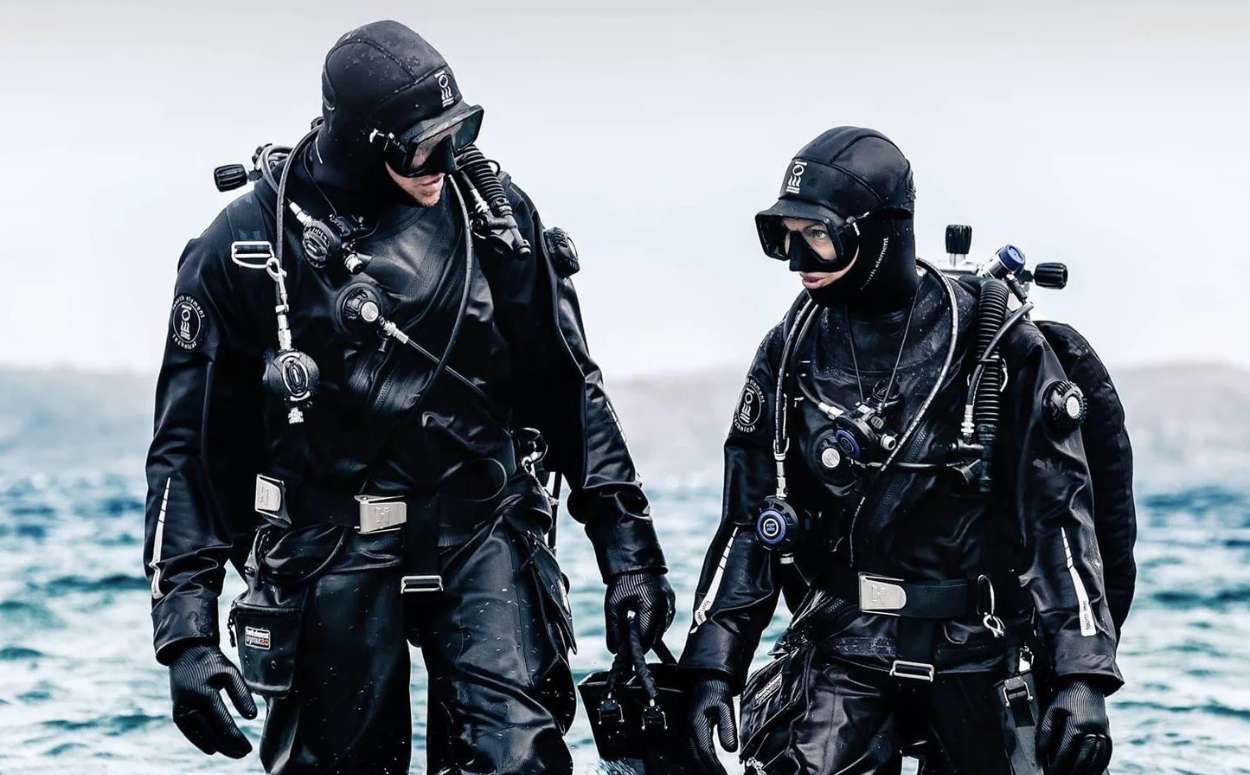
Given Ontario’s chilly waters, especially in Lake Superior, choosing the right exposure protection is key. Many divers opt for thick wetsuits or dry suits— the latter being necessary for extended dives or depths exceeding recreational limits. A dry suit paired with gloves, hood, and thermal undergarments provides insulation that keeps you comfortable even on long or deep dives, where water temperatures hover near freezing. Reliable regulators designed for cold water use help prevent free-flowing problems caused by freezing. Additionally, robust fins and masks suited for freshwater stillness enhance maneuverability and visibility underwater.
Planning dives around the weather and water conditions significantly impacts comfort and safety. Lake Superior and other great lakes often have strong currents and sudden temperature shifts, so diving with a computer capable of profiling these changes proves invaluable. Carrying a surface signaling device and a dive light (especially for wreck or cave explorations common in Northern Ontario) adds layers of safety and utility. Another preparation tip: make sure your equipment is professionally serviced before the diving season, and stock up on spare parts like mask straps and regulator diaphragms since remote dive sites could leave you stranded without quick access to gear replacement.
Dos and Don’ts: Best Practices for Safety Underwater
Always dive within the limits of your certification and experience. Ontario’s wrecks and deep-water sites offer incredible experiences but require proper training and often advanced certifications—technical dives like those on the Gunilda wreck at 85 m demand trimix gas and dive planning skills. When exploring shipwrecks or intricate underwater geology, avoid touching fragile surfaces or artifacts to preserve the site’s integrity and prevent injury. Maintain neutral buoyancy to protect yourself and the environment; kicking up silt not only reduces visibility but also disorients other divers and puts fragile ecosystems at risk.
Never exceed no-decompression limits or push depth/time boundaries just to maximize exploration. Use a dive computer to track your profile and monitor ascent rates carefully, making safety stops at recommended intervals. Communicate frequently with your buddy using established hand signals, and always carry redundant air supplies or an alternate regulator for emergencies. Planning your exit points and having an emergency contact aware of your dive plan can save lives when diving in remote parts of Ontario, where cellular coverage may be unreliable.
Extending on these safety measures, consider environmental factors specific to Ontario’s waters—freeze-thaw cycles can cause rapidly changing conditions that affect entry and exit points along rocky shorelines. Cold water can increase the risk of hypothermia and reduce rescue times, so equip yourself with thermal protection tailored to expected conditions. Dive with a local guide when possible; their knowledge of wreck locations, underwater currents, and seasonal wildlife will both enhance your experience and keep you safer. Transparency about your dive profile and adherence to local regulations also fosters responsible diving practices that protect the underwater heritage for generations to come.
Community and Culture: Connecting with Ontario’s Diving Enthusiasts
Ontario’s diving scene is more than just a collection of breathtaking dive sites; it’s a vibrant community where enthusiasts of all skill levels come together to share their passion. Whether you’re exploring the fascinating shipwrecks of Lake Superior or enjoying a gently sloping freshwater reef, you’ll find welcoming divers eager to swap stories, tips, and dive plans. Local dive shops and schools often serve as social hubs, hosting meetups, gear swaps, and educational events that help you deepen your involvement and connect with others who share your enthusiasm. This strong community spirit enhances each dive, making every outing an opportunity to forge friendships and discover new facets of Ontario’s underwater world.
Many Ontario divers celebrate the province’s unique maritime heritage by participating in preservation efforts or contributing to citizen science projects focused on aquatic ecosystems. Organizations like Save Ontario Shipwrecks engage members in underwater archaeology and historical documentation, providing meaningful ways for you to contribute beyond the recreational aspect of diving. Immersing yourself in this culture connects you not only to the environment beneath the waves but also to a dedicated network of divers who value safety, education, and stewardship.
The Best Scuba Diving in Ontario
When considering where the best scuba diving in Ontario, Canada, is, you will find that Lake Superior stands out as a premier destination. Areas around Thunder Bay, Nipigon, and Sault Ste. Marie offers unparalleled diving experiences, ranging from accessible wrecks suitable for beginners to advanced technical dives on some of the most pristine and historically significant shipwrecks in the world. The combination of clear waters, fascinating underwater landscapes, and storied maritime history means you can immerse yourself in a unique aquatic environment that few places can match.
Your dive adventures in Ontario will also benefit from a strong local diving community and well-established training facilities, ensuring that whether you are new to diving or a seasoned explorer, you have the resources and support needed to enhance your experience. By exploring these diverse locations, you will gain not just unforgettable underwater encounters but also a deeper appreciation for Ontario’s natural and cultural heritage beneath the waves.
To find out more about scuba diving and scuba shops, check out the Destination Ontario website.


